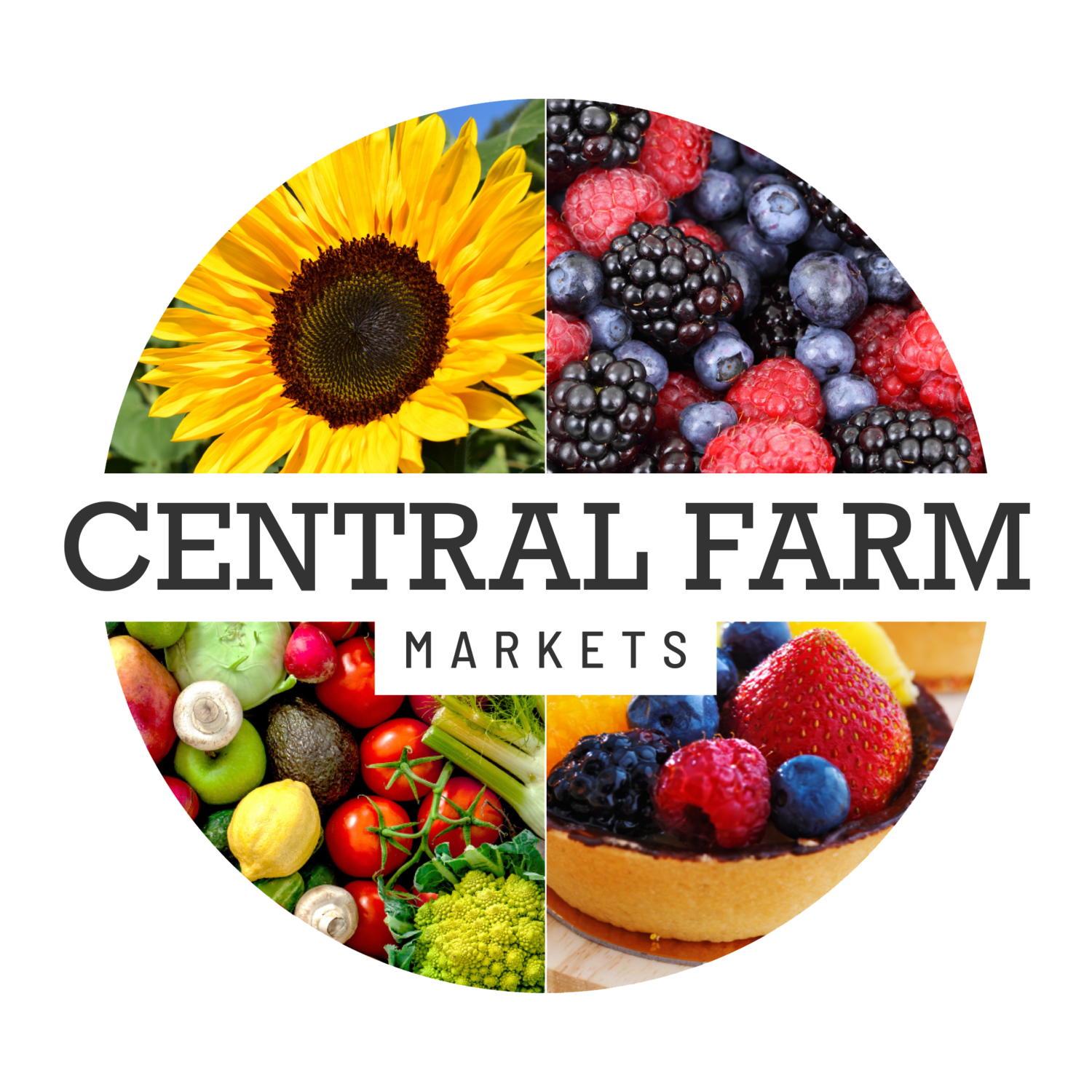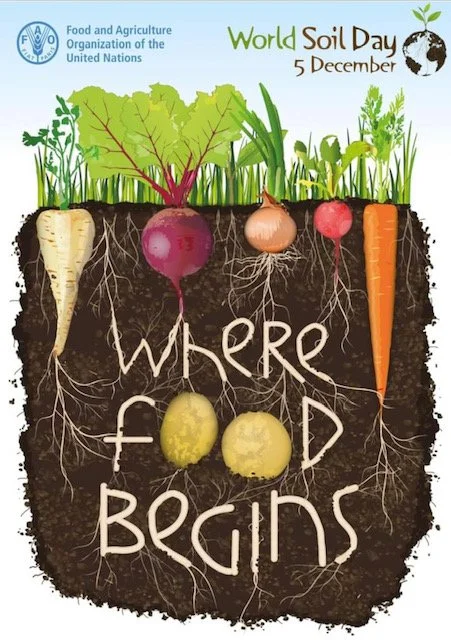It’s all about the Soil
Stand behind the table at market long enough and eventually you’ll cycle through all the issues at hand today—climate change, pollution, and the latest issue gaining ground in the localvores’ quest for a healthier ecosystem. For years I’ve had customers ask me about my farming practices. Do I use chemicals or antibiotics? Grow or feed GMOs? Treat livestock humanely? Workers fairly? Use sustainable or regenerative practices? I dread when a hot button topic, sometimes only a marketing schtick, drops and everyone shows up at market asking the same questions over and over—like eggs from vegetarian-fed chickens.
While all of those questions are completely valid, no one ever seems interested in how I treat my dirt. No questions about compost, erosion control, amendments such as lime, or biodiversity, but lately I’ve had a word creep into customers’ vernacular which has opened a door into the importance of healthy soils: microbiome.
Folks in recovery from surgeries, cancer treatments, and those who are drilling down into the foundations of good health, especially the gut-brain connection, are asking new questions of their farmers when it comes to practices for maintaining healthy soils. At times I’m tempted to whip out my phone and pull up images of dung beetles and bumblebee nests, but those tend to be behind-the-scenes wins for farmers customers might not understand.
Hobby, subsistence, and commercial growers have been erroneously trained that the biggest, most perfect goods are a sign of success. At what cost, though? Smart producers understand that soil is like a bank account. You can’t keep making withdraws without making deposits. With the advent of industrialized agriculture, the soil has been propped up using technologies such as chemical fertilizers and fumigants for pests without considering the collateral damage. At first, those damages were limited to the environment, but over time we’ve come to realize the impacts go far beyond the soil manifesting themselves into our own bodies.
A teaspoon of healthy soil contains between 100 million and 1 billion bacteria. Although bacteria may be small, they make up both the largest number and biomass (weight) of any soil microorganism—as much as ton of acre. Keep in mind that most that bacteria is beneficial.
But bacteria are only a fraction of what makes soils healthy. There are also protozoa, nematodes, arthropods, mites, hexapods, and worms. The thing about these organisms, they all live in peace until someone gets out of balance and starts a fight.
Think of soil as the World Cup. Everyone gets along until a fraction of fans from a single team get unruly and start a fight. Instead of only addressing the hooligans, everyone in the stadium gets killed. Welcome to modern agriculture and medicine where you destroy the problem and everything around it.
Recently I finished Merlin Sheldrake’s book, Entangled Life: How fungi shape our world, change our minds, and shape our futures. He explained how lichens are an amalgamation of fungi, yeasts, bacteria, viruses, protozoans, mites, worms, and arthropods all living within the same organism and then completed his thought by saying humans are basically walking and thinking lichens. I laughed at first, but those pesky questions regarding human microbiota kept itching.
Our bodies contain trillions of microorganisms — outnumbering human cells by 10 to 1. Because of their small size, microorganisms make up only about 1 to 3 percent of our weight yet are critical to our health.
An adult human contains 2 to 6 pounds of bacteria, the majority residing in the gut. There are billions of bacteria living there. All of the microbes living in our body, not just the gut, are referred to as our microbiota or microbiome. These microorganisms coexist in our bodies until something upsets the balance. The food we eat has the biggest and most direct impact on our gut’s environment. But even more important, the soil in which are food is grown can influence the nutritional value of what we are eating.
Human bodies and soil, are you starting to see the similarities?
It might take a while for World Soil Day (December 5th) to catch on, but it’s high on the radar of the Food & Agriculture Organization of the United Nations. Soil degradation is recognized as a major global issue for food security, sustainability, and overall human health.
But wait, there’s more benefits to promoting healthy soils. Water retention and carbon sequestration—two significant issues for the coming generation—have been identified by climate scientists as healthy soil traits. Climate researchers have been suggesting for years that global warming can be mitigated, even reversed, by changing our farming and forestry techniques to keep carbon in the ground through composting, cover crops, no-till, mob-grazing livestock, and planting more trees.
So remember next time someone talks about their microbiome it goes far beyond the bugs in their own body. What you choose to eat today can help save the planet tomorrow.

